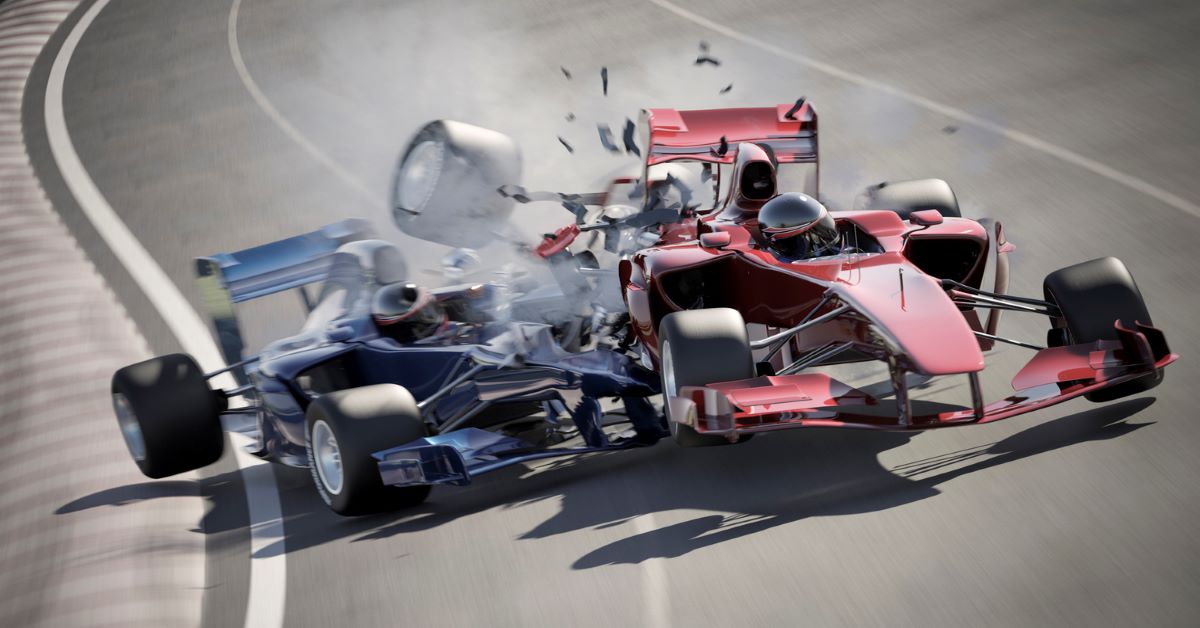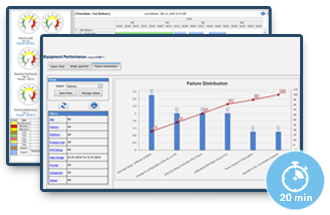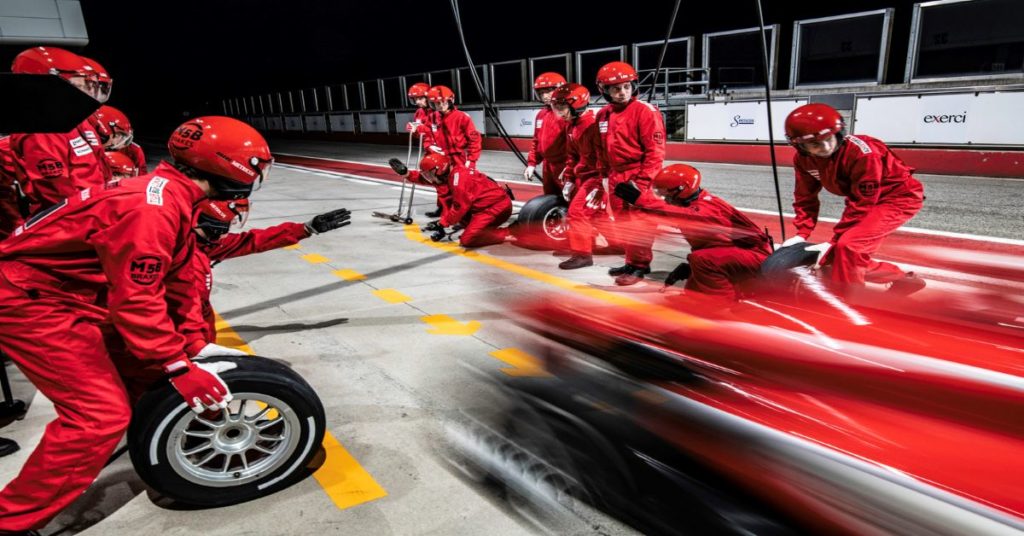

Businesses have been grappling for years with changes in technology and practices driven by the new competitive requirements of the 4th Industrial Revolution (IR4). Then the Covid-19 pandemic appeared and that urgency drove new practices because they were required immediately to continue operations. The pandemic has kicked off a race for improvements and digitization that is now accelerating and winning requires more than good tools, it requires skill using them. People will need help avoiding the bumps that will end their race and prevent them from winning.
New Competitive Practices Necessary Post Covid-19
Now, as we move into the post-lock-down re-opening phase, there is no going back from these initial gains. The race is on and the companies that can take best advantage of new technologies and practices will win. Speed and resilience are particularly crucial for complex, asset-intensive operations that have both unique challenges and large potential benefits because they are used in critical parts of the engineering product development and manufacturing process where speed and cost are discriminators.
Businesses Forced to Respond to the Global Pandemic
Though businesses have been working for some time to figure out how to move with speed and resiliency in the most competitive global marketplace in human history, most were not moving with urgency. Then, suddenly, enter Covid-19 and the global pandemic. Things changed overnight. Situations that had only ever been theoretical now had to be dealt with. New practices and approaches that had been tentatively tested or considered for years, such as remote workers, now were required just to continue to operate. Technologies that were “nice to have”, such as video conferencing, became essential and businesses scrambled to figure out how to implement the new ways of doing business immediately. Those businesses that were further down the path of adopting these new practices were able to make the transition with far less interruption than those who were not. Still, none of the easy stuff that’s been accomplished so far will reduce cost or time-to-market in half. This will require a different approach and mindset.
Changes Are Here to Stay
Now businesses are dealing with the next phase of the pandemic – reopening. Just like when the “lock-down” and “stay-at-home” orders were implemented, reopening comes with a whole new set of limitations and restrictions. The guidelines issued by government and health agencies include things such as continuing to encourage teleworking, returning to work in stages, health screening (e.g. taking temperatures), maintaining social distancing, wearing PPE, closing common areas, and others. These may seem like minor inconveniences at first, but they have implications that may be subtle and could have unexpected consequences. And as long as even one competitor continues to exploit this new situation for competitive advantage (e.g. by adapting their practices more effectively to the new situation) businesses will be forced to respond.
Historical Practices are Now Obsolete, Slow and Dangerous
Let’s consider how this might affect practices in the domain of Enterprise Asset Management (EAM). In many cases, the use of shareable assets is managed passively. It is up to individual employees to figure out how to get what they need, go get it (e.g. check something out from a crib), or wander around and find it. Often the most successful are those good at building a network of individuals they know they can ask and those best at accumulating (hoarding) the equipment they might need – just in case they can’t find it when they need it. While this enables individuals to get their work done, for a business it means higher acquisition and maintenance costs.
Consider this same situation under Phase 2 re-opening guidelines in the U.S. A person’s ability to find what they need by “walking” around is significantly reduced. With social distancing and sanitation restrictions, they may not be able to just enter any areas and start rummaging through stacks of equipment. Access to areas not directly related to their group or role may be severely limited. Even for a person who relies on a network of others to help – there too, many new difficulties occur. Common areas are closed – no “water cooler” or hallway conversations.
Add to that, not everyone will be around at the same time. For a long time, businesses have been designing to maximize the use of space – putting as many people and equipment into as small a space as possible. Now, social distancing restrictions mean that businesses are having to reduce their on-site staff at any given time by as much as 75% (or only 1 in 4 onsite at a time). A person may know people to ask, but they aren’t there to ask. A person may be good at building relationships and networks with ‘hallway’ conversations, but the people aren’t there to speak with, and the common areas where these conversations used to take place are closed. The coordination that used to be easy with a few quick face-to-face conversations now may or may not be feasible. In these situations, passive or reactive asset management breaks down and is unable to support business objectives of moving with speed and resiliency.
New Practices are Required
Adopting IR4 practices we call Accelerated Enterprise Asset management has always helped businesses move with speed and resiliency – and now also helps address the new challenges faced due to the Covid-19 pandemic. Imagine not having to rely on a personal network (which disappears when that person isn’t there or available) or wandering around or hoarding to get work done. Imagine having what you need when you need it but just making the request. Imagine a business that is able to optimize the availability and safe use of costly resources. This is possible with a new set of proactive practices we call Accelerated Enterprise Asset Management.
Good Help is Also Required – Stay tuned for COVID-19 Best Practices
Just as I had good help from two veteran asset management practitioners in the preparation of this blog post — Lacey Caminsky and James Fisher — everyone needs knowledgable help from experts with a track record of success. Contact us to put your team on a fast track to speed, productivity, and safety in your complex and asset-intensive enterprise processes.
We will post several helpful articles in the next few weeks containing best practices for coping with Covid-19 in our increasingly competitive marketplace. There are lots of opportunities but also many dangerous situations as well. Navigating them well is the difference between competitive successes and failures. We experience and are ready to help.
Request a Demo

See how Scireo aEAM Software drops asset and support costs by 50% while accelerating time-to-market 2X.
Relevant Content
The Pandemic Has Exposed Asset Management Failings & Opportunities
The Covid-19 pandemic has been a huge disruption, but if we are honest it has already shown us how unprepared we are to react to quickly changing events effectively. This capability to adapt is a competitive necessity today with or without the pandemic. To compete in the 4th Industrial Revolution requires resilience and speed and…
Introducing Accelerated Enterprise Asset Management – aEAM
Asset-Intensive operations have their own set of unique challenges when considering how they will be transformed for speed and cost competitiveness post-Covid-19. aEAM is looking like an answer to CEOs who, emboldened by the initial adoption of collaboration tools made necessary by Covid-19, intend to accelerate broader changes required to drive speed and efficiency into…
Notable Quotes
“Sente’s Scireo® solution sets a new benchmark in customer experience by increasing collaboration and communications among all participants of a test program. They drive cycle time and cost efficiencies, optimizing asset utilization and technical labor productivity, and applying best practices in knowledge management to increase speed and drive standardization of assets.”
Frost & Sullivan Analyst







